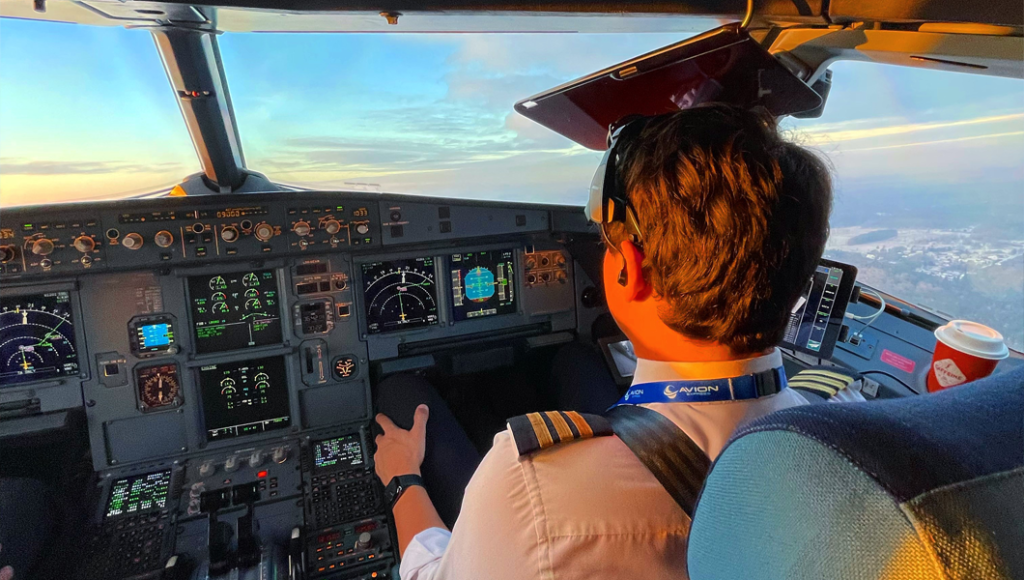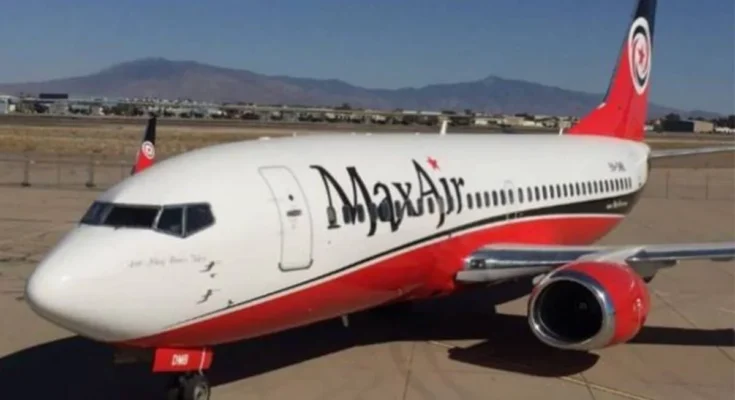Experts in Nigeria’s aviation industry say it is pertinent for pilots and other critical industry players to play active roles in professional associations for career growth, OLUSEGUN KOIKI reports.
The Nigerian aviation industry supports approximately 100,000 direct jobs, with many of the workers being airline staff. Of this number, less than 10,000, or just 10 percent, belong to different unions or associations in the sector, while the majority show apathy towards union activities or are restrained by their various employers from joining any association or union of their choice.
Many of the union or association members are staff of public parastatals in the industry, while private operators wage a subtle war against unionism or associations in the sector.
It is evident that workers who join a trade union are more likely to have better terms and conditions, as well as fair treatment in the workplace. There are no fewer than eight categories of professionals in the sector covering air traffic controllers (ATC), aircraft maintenance technicians and engineers, ground handling staff, aviation security (AVSEC) personnel, customer service, avionics technicians, marshallers, cabin crew and pilots.
But internal and individual preferences have affected the membership of the associations. Some staff wilfully show apathy towards unions or associations’ activities due to a range of factors, including time factor, feelings of powerlessness or hopelessness, inadequate knowledge, belief that membership would not make a difference and a history of disorganised or ineffective workplaces.
Other reasons are dissatisfaction with union leadership, internal conflicts and perception that the workplace is already satisfactory, which can diminish the perceived need for union involvement.
Statistics obtained from the Nigeria Civil Aviation Authority (NCAA) indicate that there are 2,260 licensed and active pilots in Nigeria, comprising 1,739 Nigerian pilots and 521 foreign pilots.
The figure excludes certified aircraft engineers. Industry analysts put the figure of aircraft engineers at over 3,000 personnel. However, most licensed pilots and engineers in the country are not members of the National Association of Aircraft Pilots and Engineers (NAAPE), an organisation that represents the interests of pilots and engineers in the country, 40 years after its formation.
Data also obtained from NAAPE indicated that the association has fewer than 2,000 total registered members, with pilots accounting for less than 30 per cent of its total members.
Also, the leadership of NAAPE has, over the years, been dominated by engineers while pilots take the backseat despite their importance to the association. Stakeholders in an interview with our correspondent provide reasons pilots show indifference to leadership positions in associations, especially in NAAPE.
Some of the experts went into the history of the formation of most of the associations, especially NAAPE, which they said was formed by the government to compete with an established pilot association.
Despite the complicated history, they insisted it was important for critical professionals like pilots and engineers to play active roles in associations that seek to protect their interests and aid their career growth.
A former rector of the Nigerian College of Aviation Technology (NCAT), Zaria, Samuel Caulcrick, attributed pilots’ lethargy to leadership positions in unions or associations to a lack of protection by such associations.
Caulcrick, who was also a pilot with the defunct national carrier, Nigeria Airways, said the lassitude commenced in 1984 when 47 pilots of the then national carrier were sacked by the government for going on strike. There was also the case of the dilution of the union by the government when it merged both the pilots and aircraft engineers into one association via a decree through the formation of NAAPE.
According to him, some of the pilots to date still believe the association, for instance, is government-led, while others insist their agitations were not the same and decided to opt out of any labour union, which he said continued to date. He stated that NAAPE was formed in 1984 by the merger of the Nigeria Airways Association of Aircraft Engineers and Technicians (NAAAET) and the Airline Pilots and Flight Engineers Association of Nigeria (APFEAN) following a delegates’ conference held in April 1984, while it was registered in 1985.
He said: “The genesis of pilots not taking expected interests in NAAPE was the consequences of the aftermath of the 1984 Nigeria Airways’ pilot strike, which had the country without international flights for almost a week as their counterparts in the International Federation of Airline Pilots Association (IFALPA) boycotted Nigeria in sympathy with the Nigeria Airways’ pilots’ agitation to the Gen. Muhammadu Buhari regime in March 1984.
“The regime fired 47 pilots from Nigeria Airways after the strike, most of whom started Okada Air. The government responded by diluting the pilot bargaining strength by merging both the pilots and the aircraft engineers into one association by decree.
“Since then, the pilots have had a lukewarm attitude towards the association or any other one for that matter because they believed their issues were not the same.”
Caulcrick, however, said that the formation of NAAPE has provided a consolidated voice for both pilots and engineers in the industry, while the association has played a significant role in the welfare of aviation professionals and the sector’s governance. He noted that it was pertinent for pilots to align more with the association and play vital roles in growing the association, being the only professional body for pilots recognised locally.
Also, an aviation analyst, Mohammed Badamasi, said that the objective of any association or union was to provide a safety net for its members regarding their careers and the organisation’s management, where necessary.
He, however, said that during the formation of NAAPE, the arrangement was for a pilot to be the elected President, while an engineer was to be elected as Vice President.
Badamasi said that the gentleman’s agreement was later truncated by some interest groups, which led to a fall in the popularity of the association and its embrace by pilots.
According to him, NAAPE’s birth was a baby of necessity, saying that it was then difficult for pilots and engineers of the defunct Nigeria Airways to make holistic demands on issues of salaries and conditions of service from the management. He explained that the formation of NAAPE put an end to all that as pilots and engineers were able to speak with one voice on issues of Condition of Service (CoS) and other demands.
He suggested that in order to have a virile and active association, it was high time pilots had their own association, which solely protects their interests, arguing that the demands of the two, that is, engineers and pilots, were different.
“It is time to break up the association into two. What affects the pilot is different from what affects the engineers,” he said. Besides, Chris Amokwu emphasised that NAAPE, at inception, performed creditably well to protect the rights of pilots and engineers.
Amokwu stated that along the line, the association derailed, accusing their executives of using their position to achieve selfish interests, but said such practice had reduced in recent times. He recalled that before now, membership of NAAPE was made compulsory for pilots and engineers, stressing that present-day pilots are more interested in their personal welfare than general well-being.
He challenged the leadership of NAAPE to redirect its focus, be upright in its activities and carry out campaigns to attract and retain members for the good of the industry.
He mentioned improved unity, better terms and conditions, higher wages, security and stability of work and legal support as some of the reasons an association like NAAPE may be necessary for its members.






